32Views 0Comments

The Best of Graz’s Farmers’ Markets
Savouring another spoonful of rehydrated beetroot and blood sausage bathed in Styria’s signature pumpkin seed oil, I realise I’m devouring my way through one of the best meals of my life.
It’s only the third course of Chef Alexander Posch’s intimate, ten-course ‘connoisseurs menu’ – a pleasure and privilege that I’m sharing with just six other patrons this sitting – but I already know this isn’t any ordinary meal.
The location? Unexpected and unpresumptuous. Genießerei am Markt is a cabin-like restaurant located at the edge of one of Graz’s dozen or so bauernmärkte (farmers’ markets). But in Austria’s GenussHauptstadt – essentially translated to mean the county’s culinary capital – a market isn’t just a market.
It’s a meeting place, a community, and, as it turns out, a gastronomic go-to. Farm-to-fork doesn’t do Graz’s culinary philosophy justice. In Bauernmarkt Kaiser-Josef-Platz, it’s more Market-to-Meal.
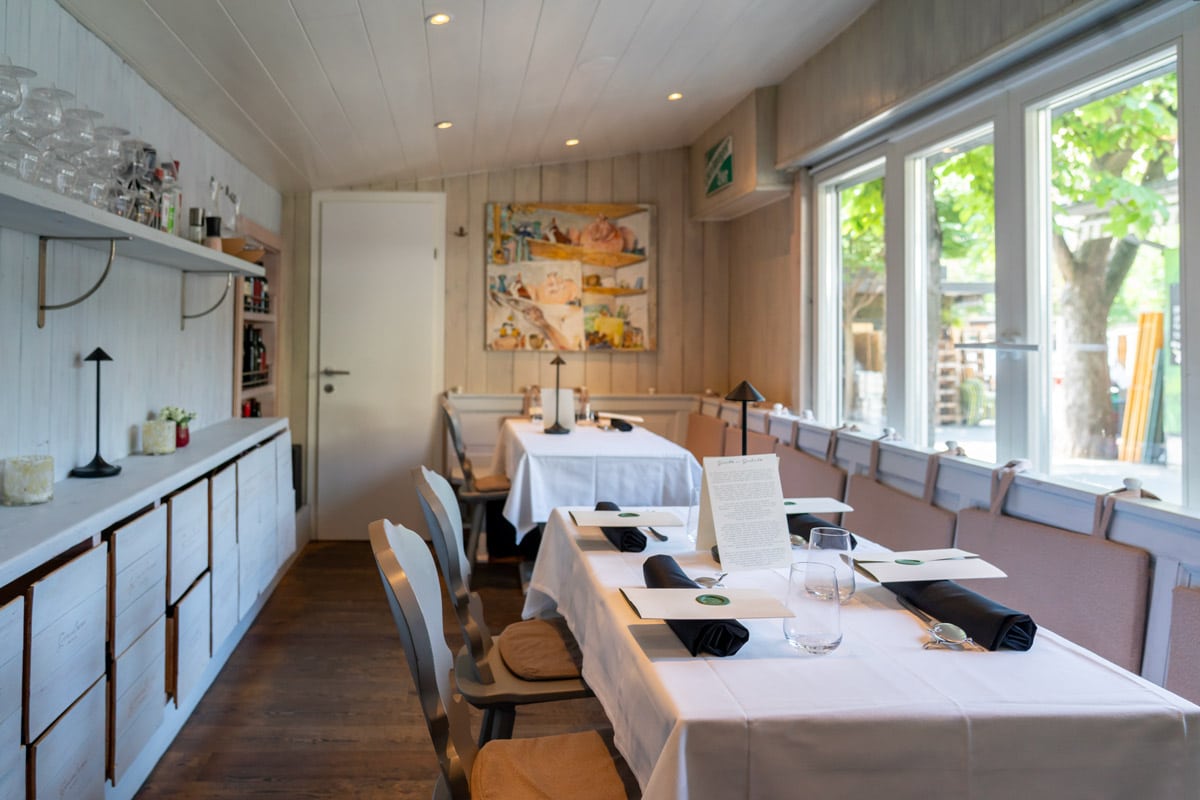

Early doors, traders – mainly those who hand grow and harvest their own small production crops – arrive with Styria’s Kronprinz Rudolf apples (one of ten local varieties), plump seasonal cherries, still soil-dusted root vegetables, and Grazer Krauthäuptel, the local lettuce that some joke gave the city its name. All of which is soon snapped by regulars, complete with plenty of conversation and laughter.
By lunchtime, with the cheesemongers, butchers and fishmongers – Austria might be landlocked, but Atlantic river char is a constant – all in action, the stalls, benches and seats around the market start to fill with locals grabbing a quick lunch or glass of Südsteiermark Sauvignon Blanc. By dusk, stands shuttered, these squares take on a whole new world: first-class restaurants, overflowing spritz-mixing bars, and perhaps even an open-air summer salsa class or Saturday night DJ-accompanied party.
Here, markets aren’t made for Instagram and tourists. They’re a functioning, farmer-led part of the community – and the city is much better for it.
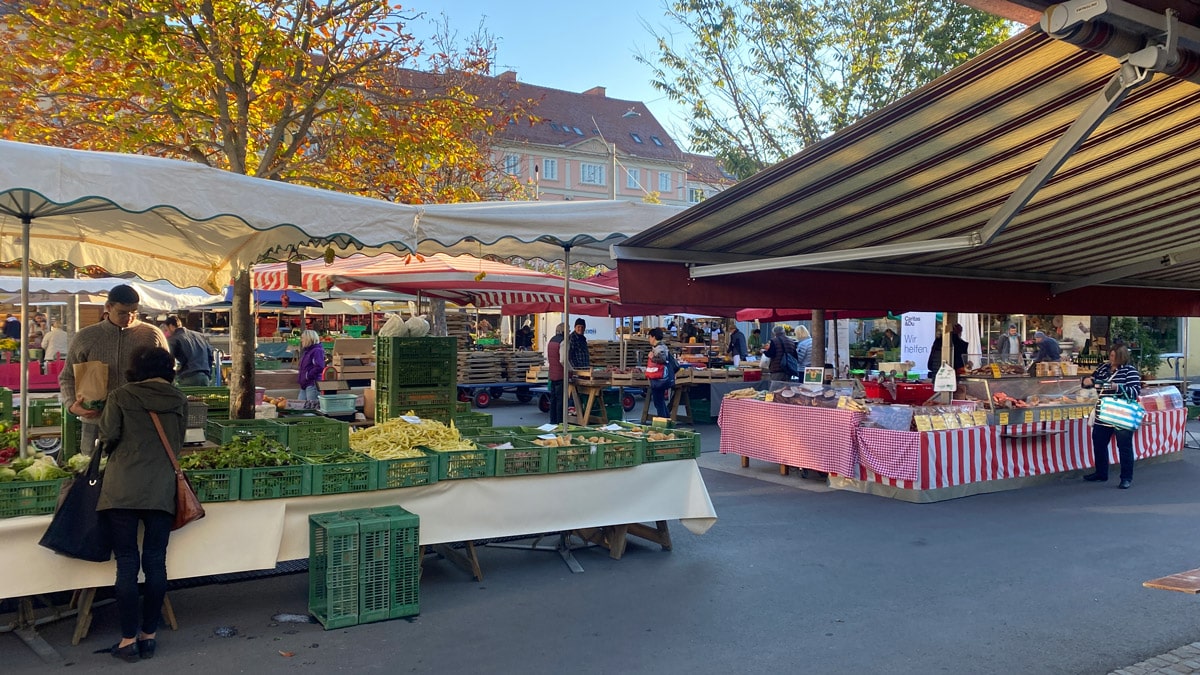

As William, my chatty and well-versed waiter-cum-sommelier places a dish of carp and dehydrated sauerkraut down in front of me – and yet another wine pairing, this time a nutty and robust Pinot Blanc from nearby Vulkanland – I’m convinced that Posch’s hotly tipped Michelin star will soon be gracing the beige wooden slats that house this small-team dining room.
So intimate is the experience that Posch keeps popping out front to personally deliver his meticulously crafted plates and share occasional kitchen anecdotes and menu insights. Not that the front and back of house have any separation here – all is prepared in full view. As another course rolls around, I’m informed that “this meat is cooked and then dried and then recooked at 60 degrees”, though I’m too distracted by the mouth-melting flavours to take down any further notes.
By dessert, a decadent milky grain pudding dripped with organic, fair-trade Austrian Zotter chocolate, I’m ready to call the red food bible myself and demand that plaque. On paper, a meal that nearly exclusively uses ingredients from the market – including an arrival shot of apple vinegar and the likes of kalbsbries – might sound alarming for the uninitiated, yet I couldn’t fault a single morsel. The wax-stamped menu more than delivered on every promise.


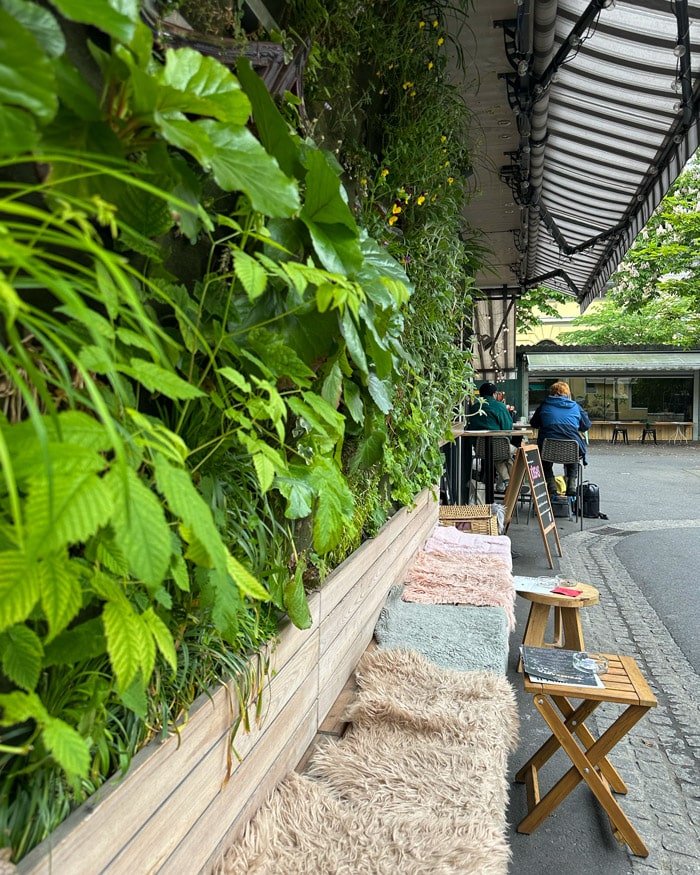

After service, I sip a final glass of Styrian Muskateller on a high-top out front. Two friends are playing an animated game of miniature ping pong in the neighbouring bar. Across the way, a game of cards is underway, played by a group on a weathered blanket. Posch pops out, and I ask him a few questions. I’m not surprised to learn he’s been on Austria’s 50 Best Chefs list for nearly a decade.
Smart, funny, and clearly passionate about every ingredient, he explains the concept’s underlying idea. Sustainable and local, nearly all of the ingredients for the evening menu are sourced from the farmers’ market, and those unavailable are purchased from local Styrian suppliers. For the two-course lunch menu, ingredients are exclusively from stands surrounding us. I promise to come back for lunch.
By now, Bauernmarkt Kaiser-Josef-Platz is packed. It’s the first Saturday of the month, and that means live music and DJs while people sit on pallets or dance while swigging straight from wine bottles or downing pints of locally brewed Puntigamer.
The energy is electric. The vibe is youthful, characteristic of the population of Austria’s second city being twenty per cent students. Yet, in the background, the Opera House dominates, reminding me that Austria might have mastered the classics, but its contemporary creations are equally sublime. I try to squeeze into my favourite drinking spot, Platzhirsch, but there’s no space to sit under the vertical garden wall, so I “settle” for a spritz at cash-only but uber-cute Rossian.
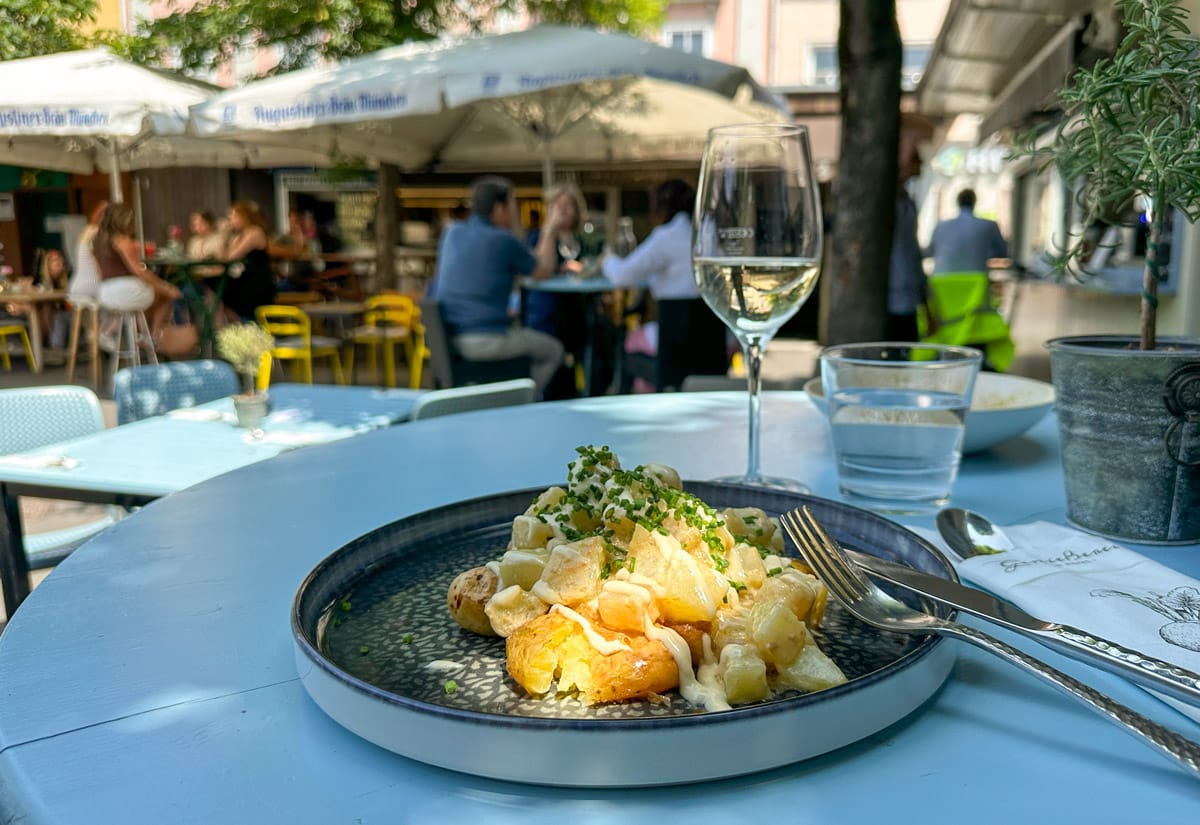

True to my word, I return to Genießerei am Markt a week later for lunch. A much more affordable alternative to dinner, the menu offers a simple, four-choice option with all dishes crafted from market-stand ingredients. As such, the menu is only finalised that morning based on what’s available. I devour it all and ponder how kohlrabi can taste so good.
But there’s no time to linger. I have an appointment with another of Graz’s farmers’ markets, Bauernmarkt Lendplatz, in Lend, my favourite district in Graz.
Cycling through the city centre with a box of delicate Alpine strawberries in my basket, I realise why Graz has become my favourite Austrian city. This is a city that still prioritises community and quality, where living well isn’t rushed, and most importantly, where wholesome conversation isn’t complicated to come by.
Thursday nights in Lend, Graz’s most on-trend district, are all about salsa in summer. Every week from July, an al fresco dance class bands friends and strangers together to dance, drink, and laugh. The rest of the year, Pierre’s plays the inside host.
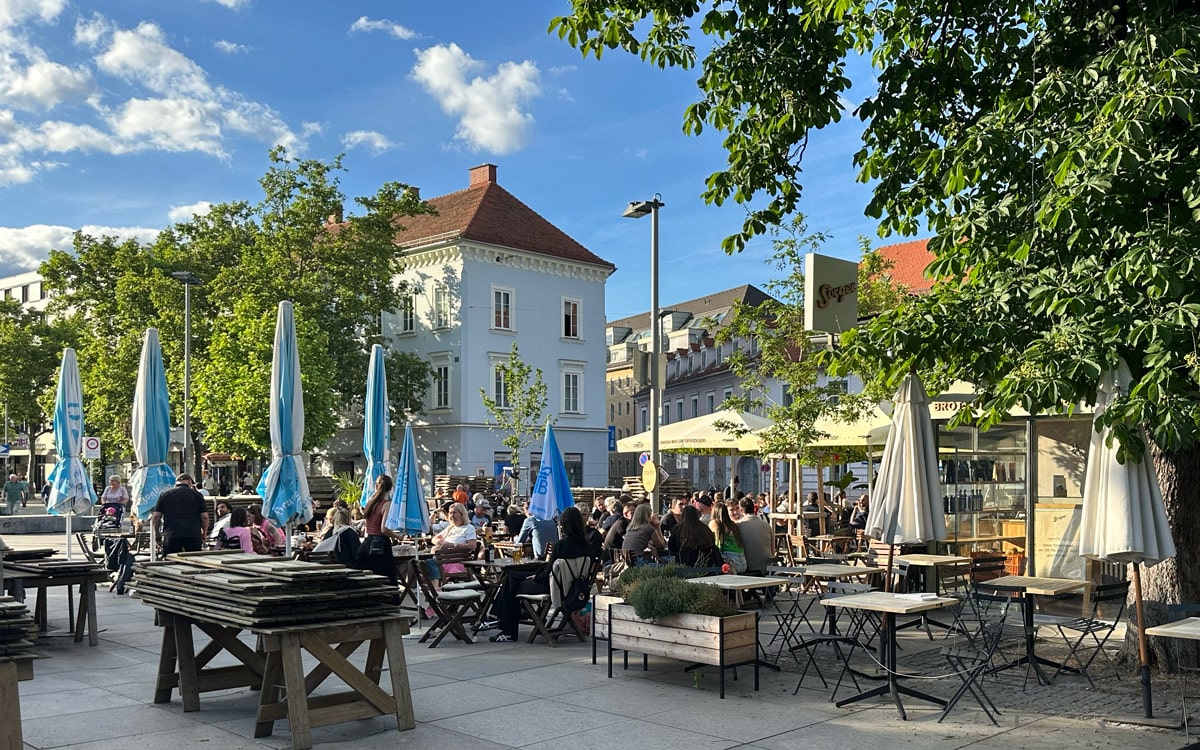

On a late sunny afternoon, there’s no better place to be. I’ve fond memories of Lenz bar since my first autumn visit to Graz. It was here that I sipped my first Schilchersturm, an indigenous young wine that is served still fermenting and only available around September.
Opposite, I recognise V-Vau, which dishes up the award-winning ham from Vulkanland, another of Styria’s regions – I’d met one of the team on a particularly late night the week before. However, today, I opt for La Meskla around the back, which serves decent tacos and an excellent, locally brewed IPA – an oddity in otherwise relatively affordable Graz.
By golden hour, the sellers are all swapped out for skaters practising tricks. Beer-swelling sundowners have steadily replaced the afternoon lunch crowd. And my wild strawberries are all but gone – a few shared with my chatty table neighbours.
From the first farmer to set up early in the morning to the last cabin sliding shut its cocktail-serving window at night, the essence of Graz’s markets stays the same. These markets are as much places of community as they are places to find kitchen staples.
Come for a drink, lunch, cabbage or a game of ping pong, and I’m confident you’ll find conversation and charm in Graz’s farmers’ markets. I’m almost as sure of that as I am that Posch will be placing a well-deserved star (or two) outside his door soon.
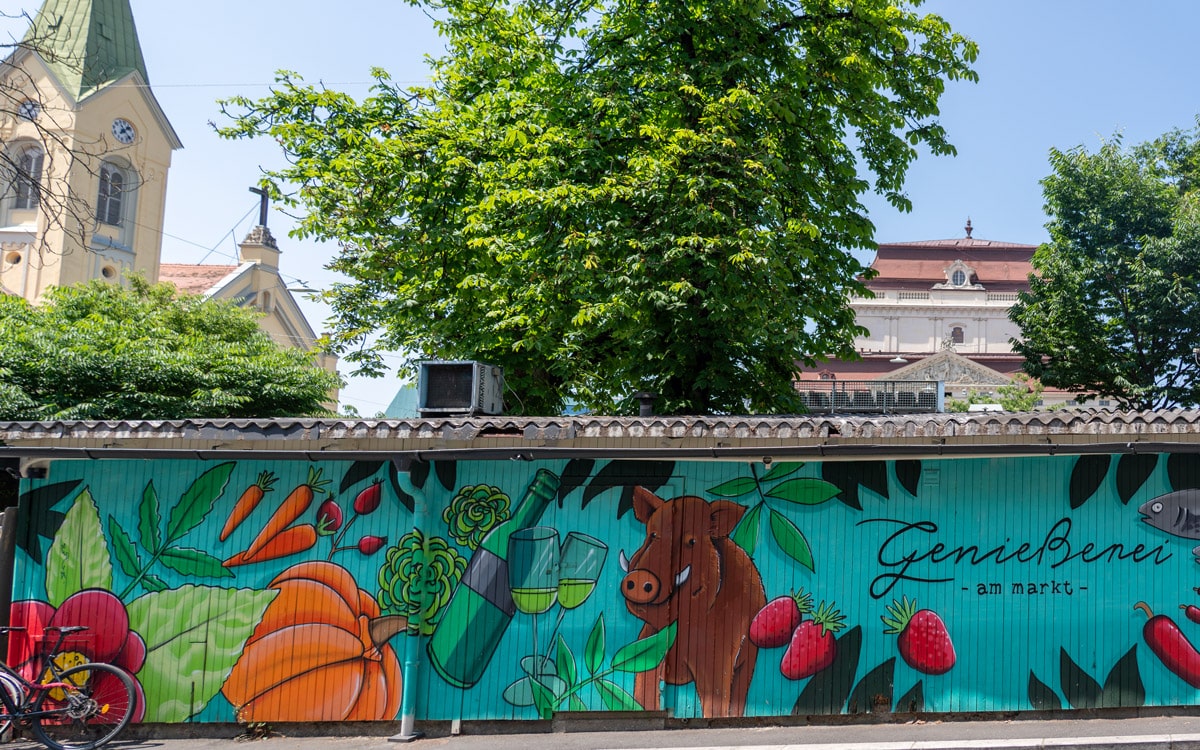

This article was written during a blogging residency in Graz hosted by Graz Travel Deeper. As always, all opinions and words are my own.



